PARTNER CONTENT


When it comes to environmental, social and governance issues, the tides are turning. Most pension plan sponsors now integrate ESG principles into their investment strategies — but there is little consensus on how this can be done effectively. In a lively roundtable discussion, six expert panellists shared their perspectives on how pension investors are approaching ESG and on how governments and regulators can support their efforts.
Meet our expert panellists
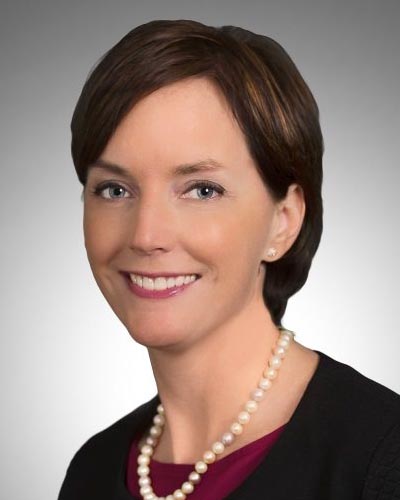

Anne Giroux
Vice-president and director, relationship management,
TD Asset Management
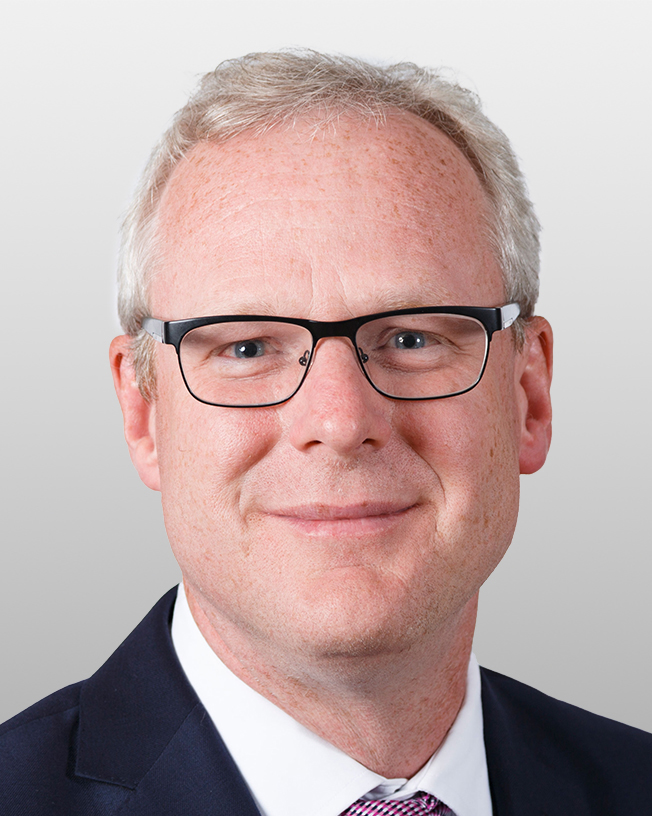

Michael Peck
Senior vice-president, head of institutional investments,
Invesco Canada
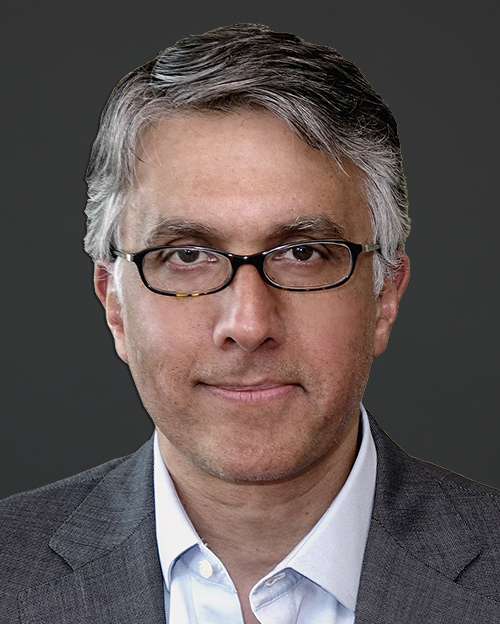

Sudhir Roc-Sennett
Head of thought leadership and ESG,
Vontobel - Quality Growth Boutique
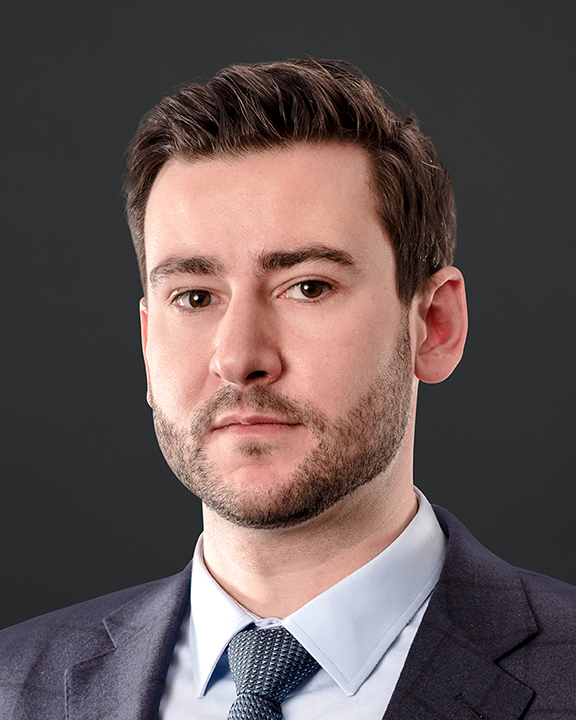

Victor Schraner
Relationship manager, institutional client group - Canada,
Vontobel Asset Management
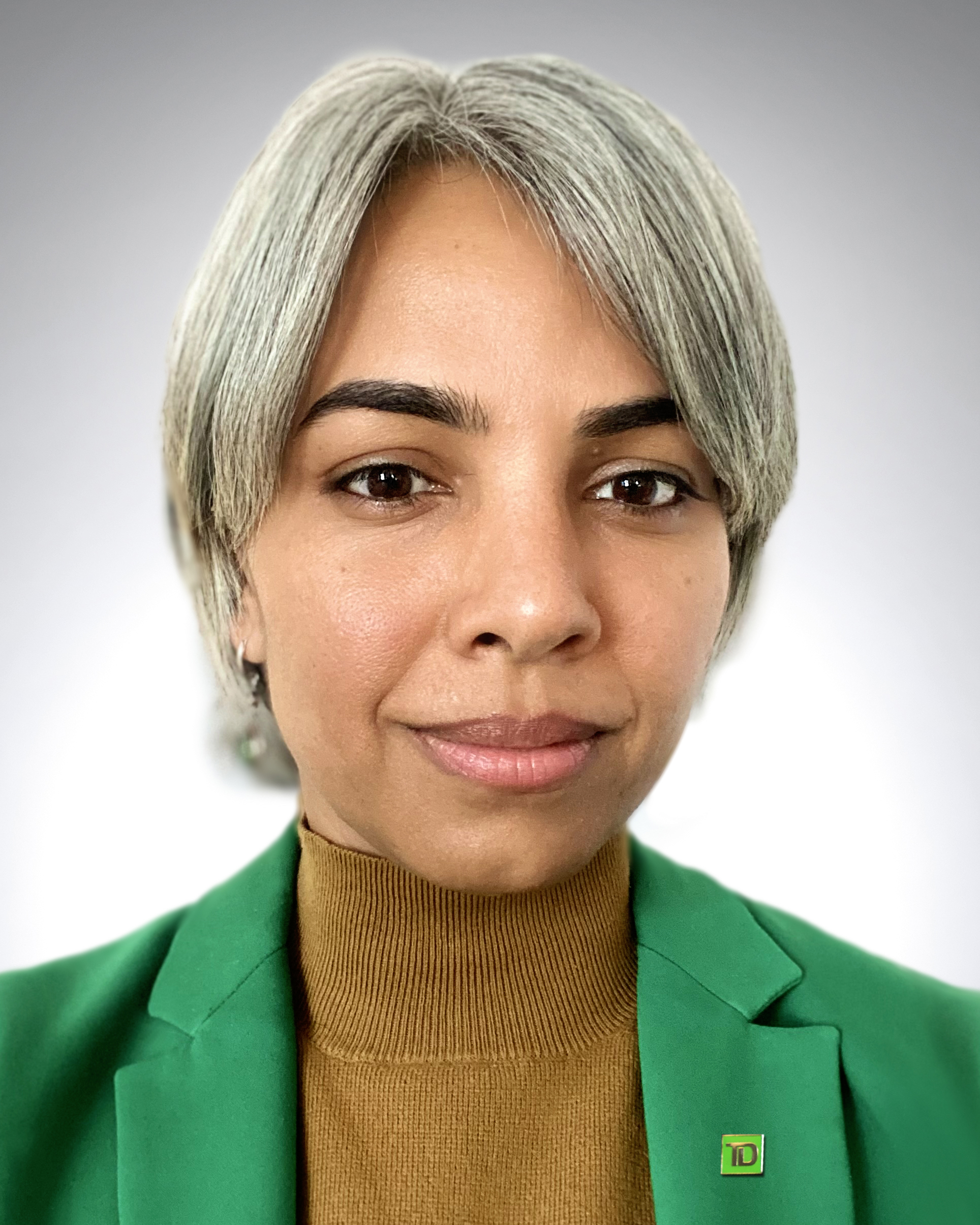

Priti Shokeen
Head of ESG research and engagement,
TD Asset Management
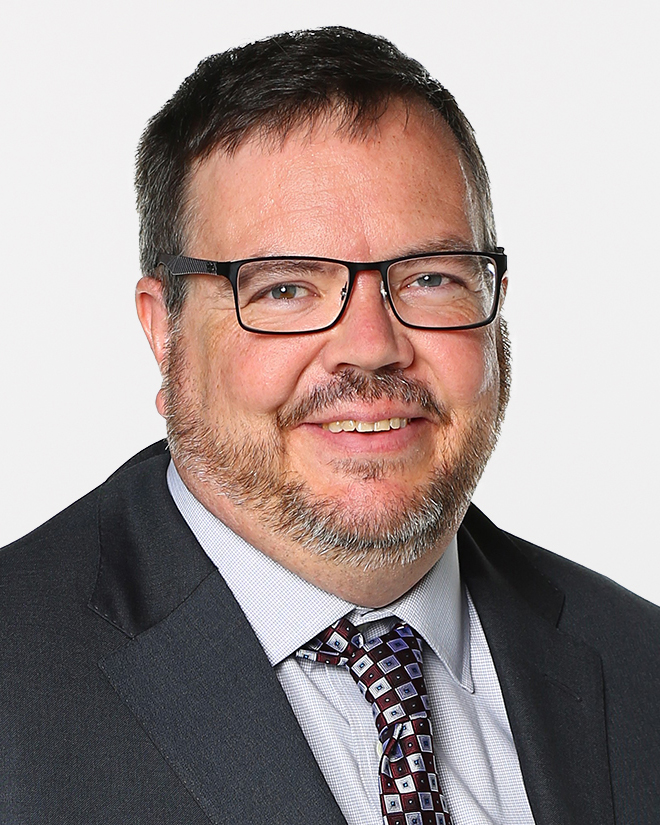

Glen Yelton
Head of ESG client strategies, North America,
Invesco Ltd.
Moderator


Gideon Scanlon
Editor,
Canadian Investment Review
GIDEON SCANLON
How do you feel about the general approach to ESG investments taken by pension investors? Do any individual approaches stand out?
Glen Yelton: Pension investors have been both leaders and followers. Some focused on ESG very early on — particularly some of the large government institutions and pension plans — but they faced constraints. These are not individual investors who can be very fluid in the market and move from investment to investment. These are very long-term concerns that have to underpin the decisions they make on integrating ESG. So, while we’ve seen high levels of interest, often there’s slow-moving follow-up.
I’d like to call out the difference between two broad approaches to ESG. There’s the concept of ESG integration and the fiduciary responsibility to use material, relevant ESG factors in the investment decision-making process. And then there’s thematic ESG, be it a net-zero focus, social focus or active engagement on particular ESG topics. ESG integration is an investment manager looking at risk and opportunity, valuing that and accounting for that. For pension plans with a long-term horizon, that should be a fundamental element of their evaluation of every asset manager, because that’s what gives you sustainable long-term returns.
Michael Peck: Looking globally, Europeans lead the pack for the most part, Canada is somewhere in the middle and the United States is in back. That said, pension investors have taken a broad continuum of approaches. That makes sense because every pension fund has different objectives. In general, it’s safe to say many institutional investors are looking at ESG or socially responsible investing or sustainability — whichever term they use. In Canada, capacity to resource up an asset owner’s team varies dramatically. Big plans have staff dedicated to this. Smaller plans have trouble allocating a full time equivalent. And things have changed in the last decade, so you can’t do this off the corner of your desk so easily anymore. In addition, asset owners’ priorities vary by organization. The organizations that are doing this best are really clear on their objectives and desired outcomes and are measuring those outcomes.
Anne Giroux: I believe the long-term horizon of pension plans obliges them to think about ESG. And, while it’s true that nothing is standardized and data is difficult to get, smaller pension funds can delegate to an asset manager as long as they continue to do their due diligence and make sure they truly understand what the asset manager is doing.
To Glen’s point, we’re seeing more of an emphasis on ESG integration versus negative screening. ESG integration allows investors to promote change within companies, and pension plans are taking advantage of the opportunity to engage with the companies they’re investing in.
Priti Shokeen: I completely agree that European plans were ahead in integrating ESG. Recently, we’ve seen plans based in Australia and New Zealand come to the forefront. But I still think the Canadian pension model is best in class when it comes to progressive investment innovation. Our large, in-house managed plans are globally recognized for leading the way, whether in liability-driven investing, investment in real assets or global diversification. They adopted ESG integration early as well. They’re at the top of the ecosystem and continue to drive the demand for ESG integration.
I also agree there are a wide range of approaches to adopting ESG, unique to each organization and driven by its investment objectives, asset allocation, investment strategies, expertise, capabilities and constituents. For example, teachers have strong stances on some ESG issues and that drove the ESG strategy that the Ontario Teachers’ Pension Plan eventually adopted. Many Canadian pension plans have taken a long-term view of ESG factors, considering them as part of their fiduciary responsibility and due diligence. [They've] also really listened to their beneficiaries and understood that ESG factors play into the long-term well-being of their beneficiaries.
“ESG integration allows investors to promote change within companies, and pension plans are taking advantage of the opportunity to engage with the companies they’re investing in.”
- Anne Giroux, TD Asset Management
Sudhir Roc-Sennett: Working for a Swiss company with a base in New York, it’s quite clear to me that ESG means different things to different regions. A key part of that is the regulatory environment. Regulations in Europe are specific, fluid and plentiful, and a lot of the emphasis on ESG there has been driven by regulation. That’s not the case in the Americas, where the regulation is much less tight and directional. As a result, in the Americas, it’s much more about how the customers and the managers choose to direct their approach — and that’s based on self-interest rather than altruism because a lot of North Americans need their savings for retirement. So it’s not just about doing good things, it’s about good things leading to better returns.
The other thing is that the managers need to find an effective way of having the most impact relative to their size and asset class. If you’re working in private equity and you’re on the board, you have a close effect on the outputs of your ideas. If you’re in listed equity, it’s more engagement and voting as a minority shareholder. If you’re in fixed income, you generally don’t have a vote. So, investors need to focus on the impact they can make and look for managers that are effectively leveraging their position in the market to promote change.
Victor Schraner: As others have suggested, there are a lot of resources allocated to this on the large plan side. We have many smaller to mid-sized pension fund clients that don’t have the resources and perhaps are in areas of the country that don’t see ESG as important.
Yet, in a very short period of time, even over the past 18 months, these clients have moved from spending five minutes in an update call discussing what we’re doing in ESG to asking us how to integrate ESG because they need to do this on a plan level. It’s been a 180-degree turn from “ESG is important but the managers do it” to “We need to figure this out for ourselves and have something on our website to show that we’re taking this seriously and that we have ESG goals.”
What’s also interesting is it’s coast to coast. ESG is top of mind for pension plans across the country as they come up with an ESG policy at the plan level rather than outsourcing it to the managers they’ve hired.
“It’s been a 180-degree turn from ‘ESG is important but the managers do it’ to ‘We need to figure this out for ourselves and have something on our website to show that we’re taking this seriously and that we have ESG goals.’”
- Victor Schraner, Vontobel Asset Management
GIDEON SCANLON
In 2020, assets in sustainable funds reached $2 trillion — a 50 per cent
increase in one year. Did the subsequent pandemic bring ESG considerations
to the forefront for institutional investors?

Anne: At the beginning of the pandemic, a lot of people within the industry were afraid that investors would turn away from sustainable investing and focus more on performance. But then investors realized that health issues and racial issues play a big role in the economic system and also that ESG and the traditional way of analyzing companies are closely linked. It wasn’t ESG factors at the expense of the economy — they’re connected.
Glen: In my view, 2020 was not a precipitating event as much as a catalytic event. We saw a slow escalation in asset growth leading up to 2020 and then a tipping point, but there was a foundation of asset growth there.
In early 2020, as Priti said, pension plans and other large institutional owners were suddenly looking at an unpredictable environment. It gave them an opportunity to revisit how they’d allocated their funds and see what their other options were.
It gave them impetus — as a board, as an asset owner [and] as a fiduciary — to reconsider the asset mix. And when they surveyed the landscape in 2020, there was a change: it was now possible to invest with ESG in mind, in products that had a track record.
GIDEON SCANLON
What role should governments and regulators play in the ESG space?
Sudhir: The rapid delivery of COVID-19 vaccines showcased a model in which regulators set a framework, including liability for manufacturers, testing with much shorter periods with non-human and human trials run at the same time, and then let the market solve a potentially catastrophic problem rather than mandating specific solutions. It was an illustration of how important regulators are, not to suffocate innovation but to promote it to solve critical issues — and this lesson can inform how we deal with other issues from biodiversity to carbon emissions. Regulators defined the challenge, provided funding, then allowed companies to compete and discover the most effective solutions.
Priti: Governments can certainly provide the right incentive structure for competition and innovation to thrive, and potentially, also penalties for negative behaviour. They can require disclosure by companies, which is a cost for companies but provides investors with consistent metrics. Governments can also
support sustainable development, along with a properly functioning capital market — for example, by issuing green bonds. In Canada, to deliver on its climate promises, the government can use capital markets to gather funds that are directed towards the innovations that can move us from a resource-
heavy economy to a green economy. And, when equity or fixed income analysts cannot put a price on intangibles, as with carbon pricing, governments can play a critical role in putting a price on pollution that can go directly into valuation models.

On the role of government in investment, climate change is a reality that will have an impact on Canada from coast to coast. There will be challenges and the government will be making choices on how it funds climate mitigation and adaptation. There’s a role for us on the market side to support that through investment, but we have to understand the risks as well as the opportunities. That’s where, again, transparency is critical.
Michael: Governments are very good at helping out with disclosure and providing a framework so pension funds and other institutional investors understand the rules of the road. But I think most practitioners would say governments are not positioned to mandate investment best practices. Maybe they can identify some of the absolute worst offenders, but capital markets are predicated on imperfect information. The role of asset managers and asset owners is to take this imperfect information and apply their best knowledge, investment process and insights to add value over the long term. If we let governments do this, what’s the incentive for firms to improve their ESG practices?
Sudhir: I don’t think there’s any evidence that nationalizing investment decisions has ever worked out effectively, but regulatory frameworks can bring significant value. That reaches through to mandating improved auditing disclosures, which are 30 years out of date, to improve the relevance and consistency of annual report data.
“That crash gave investors an opportunity to reallocate with the pandemic in mind, and they favoured companies with good ESG ratings and a history of taking care of employees, steering clear of controversial business behaviour, having a good corporate culture and demonstrating governance best practices.”
- Priti Shokeen, TD Asset Management
GIDEON SCANLON
What are the most practical ways of measuring ESG impact, and how can plan sponsors make sense of the many ESG ratings to measure success?
Michael: It’s important to focus on outcomes that are both measurable and meaningful to the constituent, and we do need common data standards to assess ESG impact. The CFA Institute is trying to make that happen. But there’s still no single measurement system, and I think we’re still ignoring the interplay among E, S and G.
Glen: The term ESG is really a quick shorthand to cover disparate areas of interest to investors. It’s a challenge to measure something when there are so many factors, which investors will prioritize differently. For example, if you think about electric vehicles as a path to decarbonization, emissions are next to nil, depending on the electric grid that provides the charge. However, mining for the metals that go into production is environmentally intensive. It also often occurs on lands owned by Indigenous people, so there are human rights challenges. Furthermore, vendor estimation models are commonly black box models, so you can’t see the inputs.
For fiduciaries, plan sponsors, investors and asset owners, it can be hard to understand the metrics you’re applying. And every ESG rating has an inherent bias in the way data is collected, interpreted, rated and weighted. For plan sponsors, awareness is the critical piece. They need to understand what they’re buying when they buy the data, including the context, assumptions and data gaps.
I’d emphasize, too, that ESG strategies must be examined through the same risk lens, diversification models and performance lens as anything else. If ESG is negatively impairing your risk profile, diversification mix, or long-term performance, as a fiduciary you need to question why.
Priti: Measuring ESG impact is a can of worms. It really depends on what you are trying to measure. Is it the impact on companies from ESG issues or the impact of companies on society, stakeholders and the environment? Impact-based frameworks exist, but they can be distorted when companies that are not primarily impact-oriented force their business activities to fit into them.
Sudhir: Fundamentally, ESG is a plea for active stewardship — for managers to take the responsibility of owners. A very important part of what we do — of the data we look at, the engagement, the voting policies and all of these ownership responsibilities — is to improve the likelihood of an anticipated outcome being the actual outcome. It’s closing that gap. You also need to measure ESG relative to the term of impact the manager is aiming to achieve, since governance can change overnight, but impact on biodiversity or water security may take years.
GIDEON SCANLON
How can plan sponsors best incorporate ESG in different asset classes?
Sudhir: There are two main ways to approach ESG investing in equities. Thematic ESG investing focuses on companies with revenues driven by selling services or products that lead to change. Integrated ESG investing identifies companies that are adjusting they way they and operate. Both matter, but thematic investing can become more speculative; just because a company is doing something interesting doesn’t mean that it’s a good company or that it’s got a winning product, a leading engineering edge or another advantage. What’s interesting for me is the transition of mainstream, large corporations to better practices. That’s what can move the needle across an economy and in the portfolios most people hold. In either case, it’s important for investors to have a relationship with company management teams that is built on trust and that encourages change.
Michael: ESG data doesn’t exist for every asset class. As a plan sponsor or a fiduciary, you can decide which variables and metrics are important to you, but data availability and accuracy may not be there, especially for smaller companies and companies in emerging markets. In private markets, real estate has one of the more developed data sets with acknowledged global standards. But in other areas, such as private equity, private debt and infrastructure, there can be issues getting solid data.
Priti: For every asset class, there are several layers of ESG analysis that depend on the asset class, time horizon, duration and issuer. And keep in mind that we have different controls in different asset classes. For example, as a shareholder of public companies, we control selling decisions on a more flexible basis. On the other hand, as an investor in a long-term infrastructure project, we’re tied in for 20 years or so. In that case, it’s essential to follow through with an ESG program by monitoring it continually over time and making sure we have targets and objectives to address in our regular engagement with property managers.
In equities, proxy voting is extremely important. It’s a proof point that shows our commitment to ESG. To use proxy voting to its best advantage, you need in-house resources to effectively vote on proxies, according to your fiducial responsibility and portfolio objectives, as well as a procedure to guide the portfolio manager towards consistent decisions on ESG issues.
GIDEON SCANLON
Are there structural risks attached to ESG investments and could enthusiasm around them lead to bubbles?
Priti: I wouldn’t call it bubbles, but more unintended consequences. We’ve seen some already — for example, the implications for energy security if not enough investments go into energy development. We must keep our eye on the ball to solve for climate change, but we must also balance that against energy needs and a just transition. We need to have a much more thoughtful approach to ESG investments and the potential unintended consequences of divesting out of certain sectors too rapidly while some leading players in those sectors are positioning to provide solutions across their value chains and working with their clients on net zero by 2050 ambitions. That involves engaging and putting forward expectations on how we want those business models to evolve going forward and what their emissions reduction targets and climate action plans are. We don’t want people to be sitting in the cold and dark five, 10 years down the line because we did not invest enough in key areas that need to be built out for energy transition.
Glen: Nuclear power is another good example. Likely, for a zero-emission future, it does need to play a role in electricity generation. But it takes time to create a nuclear power plant and we probably need fossil fuel input to transition to that point. Also, we haven’t solved the nuclear waste issue and we have to acknowledge that will have a long-term, localized impact. One other challenge with nuclear power is that the media loves a great headline about a cracked nuclear reactor casing. That flavours perceptions of the industry by both the public and government officials.
“Nuclear power is another good example. Likely, for a zero-emission future, it does need to play a role in electricity generation. But it takes time to create a nuclear power plant and we probably need fossil fuel input to transition to that point. Also, we haven’t solved the nuclear waste issue and we have to acknowledge that will have a long-term, localized impact.”
- Glen Yelton, Invesco Ltd.
GIDEON SCANLON
Overall, what is your biggest piece of advice for plan sponsors looking to build sustainable and resilient portfolios?
Anne: Disclosure and documentation are increasingly important. Plan sponsors should have an established plan, if not a policy, on how they will integrate ESG in their portfolio — and we need to be mindful that fiduciary duty relates to both performance and risk.
Sudhir: Managers need to align the interests of their customers to the ESG philosophies they hire and they must anticipate reactions and sensitivities. Greenwashing is a very big deal, but it’s in the eye of the beholder. So, using high-level ESG scores that incorporate 100 variables might be helpful for a very diversified portfolio because an average will help you move in the right direction. But, for a consolidated manager with larger positions like private equity, it’s not that helpful. There’s a huge amount of value in ESG, but it can be hidden very quickly when collapsed into a single number.
Glen: Plan sponsors should come back to stewardship and to that core place where the fiduciary responsibilities lie. There are four key steps plan sponsors can take: a) defining ESG for their organization, including outcomes, metrics and measurements; b) understanding the weaknesses, strengths and gaps in the data as well as potential unintended consequences; c) reviewing their approach to ESG and their managers on an ongoing basis and d) acting to make ESG integration more than policy, more than just a document. In the end, plan sponsors have to make decisions informed by the way that they, as stewards, look at ESG issues and in the broader context of their responsibilities as plan sponsors.
Michael: ESG promotes a long-term perspective, which is in line with the long-term return expectations and payments that pension plans, endowments and foundations need to plan for, so it’s an important area for plan sponsors to address. In addition, there’s a growing realization that the financial world intersects with the real world in ways we haven’t seen before.
ESG is also an evolving aspect of both asset management and pension management. Traditionally, it wasn’t built into financial models—but that’s changing. Plan sponsors and investment managers need to learn, adapt and figure out how to integrate these factors into their analysis and models. I hope that, 10 years from now, ESG will be talked about as much as we talk about tracking error, excess return and risk-adjusted metrics today.
ESG Roundtable Sponsors
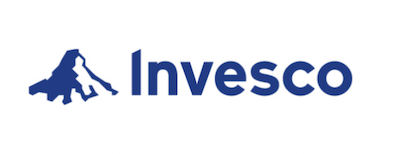

Invesco Ltd. (Ticker NYSE: IVZ) is a global independent investment management firm dedicated to delivering an investment experience that helps people get more out of life. Our distinctive investment teams deliver a comprehensive range of active, passive and alternative investment capabilities. With offices in more than 20 countries, Invesco Ltd. managed US$1.6 trillion in assets on behalf of clients worldwide as of December 31, 2021. For more information, visit invesco.ca.


TD Asset Management Inc. (TDAM) offers investment solutions to corporations, pension funds, endowments, foundations and high net worth individuals. TDAM oversees more than $431 billion1 of investments for our clients, and has been in business for more than three decades.2 Over that time, the investment landscape, investor needs and our range of offerings have evolved and expanded. What has remained consistent is our focus on quality, our risk management discipline and our commitment to applying the new thinking necessary to address our clients’ challenges.
We offer solutions to help meet a wide range of client needs and have a long track record of helping our clients meet their investment goals. Our broad selection of strategies and solutions includes fundamental, quantitative, passive portfolio management, as well as alternatives and multi-discipline solutions. We also off er customizable services, such as currency overlay, hedging, bond overlay, asset mix rebalancing and liability driven investment solutions. ESG improvement is fundamentally aligned with our overall philosophy of seeking investments in sustainable long-term assets through a risk-managed process and we strive towards having a fully integrated ESG engagement process as part of all our investment products.
For more information, visit https://www.td.com/ca/en/asset-management/institutional/about-us/sustainable-investing/
1 Aggregate statistics under management as of September 30, 2021 for TD Asset Management Inc. and Epoch Investment Partners, Inc. TD Asset Management Inc. operates in Canada and Epoch Investment Partners, Inc. operates in the United States. Both entities are affiliates and are wholly-owned subsidiaries of The Toronto-Dominion Bank.
2 Toronto Dominion Securities Inc. (incorporated on June 5, 1987) and Lancaster Investment Counsel Inc (incorporated on May 5, 1988) amalgamated to form TD Asset Management Inc. on January 1, 1996.
®The TD logo and other trademarks are the property of The Toronto-Dominion Bank or its subsidiaries.
Vontobel Asset Management is an active asset manager with global reach and a multi-boutique approach. Drawing on specialized investment talent and a strong performance culture, each of our boutiques strives to deliver a market-leading offering in their respective asset classes. The goal of achieving excellent and repeatable performance has been fundamental to our approach since 1988. A strong and stable shareholder structure guarantees our entrepreneurial independence and protects the long-term mindset that guides our decision-making.
